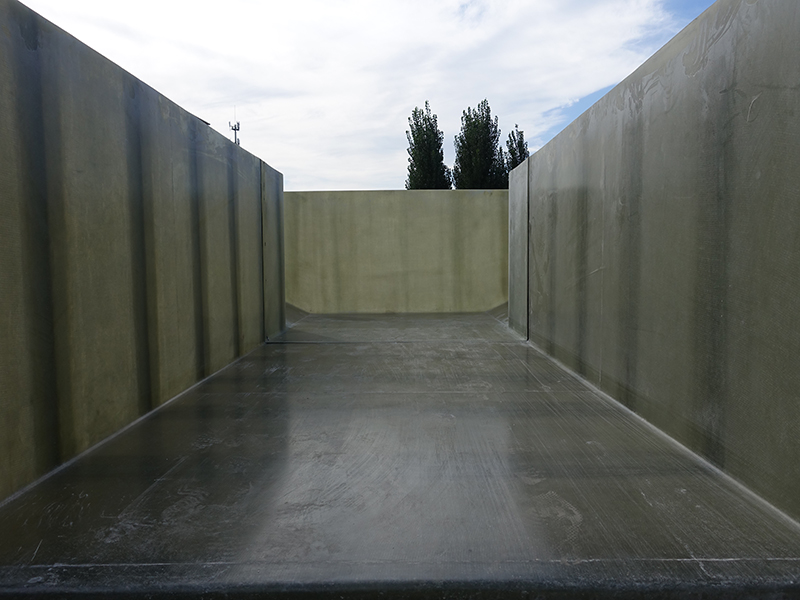
-
 Afrikaans
Afrikaans -
 Albanian
Albanian -
 Amharic
Amharic -
 Arabic
Arabic -
 Armenian
Armenian -
 Azerbaijani
Azerbaijani -
 Basque
Basque -
 Belarusian
Belarusian -
 Bengali
Bengali -
 Bosnian
Bosnian -
 Bulgarian
Bulgarian -
 Catalan
Catalan -
 Cebuano
Cebuano -
 China
China -
 China (Taiwan)
China (Taiwan) -
 Corsican
Corsican -
 Croatian
Croatian -
 Czech
Czech -
 Danish
Danish -
 Dutch
Dutch -
 English
English -
 Esperanto
Esperanto -
 Estonian
Estonian -
 Finnish
Finnish -
 French
French -
 Frisian
Frisian -
 Galician
Galician -
 Georgian
Georgian -
 German
German -
 Greek
Greek -
 Gujarati
Gujarati -
 Haitian Creole
Haitian Creole -
 hausa
hausa -
 hawaiian
hawaiian -
 Hebrew
Hebrew -
 Hindi
Hindi -
 Miao
Miao -
 Hungarian
Hungarian -
 Icelandic
Icelandic -
 igbo
igbo -
 Indonesian
Indonesian -
 irish
irish -
 Italian
Italian -
 Japanese
Japanese -
 Javanese
Javanese -
 Kannada
Kannada -
 kazakh
kazakh -
 Khmer
Khmer -
 Rwandese
Rwandese -
 Korean
Korean -
 Kurdish
Kurdish -
 Kyrgyz
Kyrgyz -
 Lao
Lao -
 Latin
Latin -
 Latvian
Latvian -
 Lithuanian
Lithuanian -
 Luxembourgish
Luxembourgish -
 Macedonian
Macedonian -
 Malgashi
Malgashi -
 Malay
Malay -
 Malayalam
Malayalam -
 Maltese
Maltese -
 Maori
Maori -
 Marathi
Marathi -
 Mongolian
Mongolian -
 Myanmar
Myanmar -
 Nepali
Nepali -
 Norwegian
Norwegian -
 Norwegian
Norwegian -
 Occitan
Occitan -
 Pashto
Pashto -
 Persian
Persian -
 Polish
Polish -
 Portuguese
Portuguese -
 Punjabi
Punjabi -
 Romanian
Romanian -
 Russian
Russian -
 Samoan
Samoan -
 Scottish Gaelic
Scottish Gaelic -
 Serbian
Serbian -
 Sesotho
Sesotho -
 Shona
Shona -
 Sindhi
Sindhi -
 Sinhala
Sinhala -
 Slovak
Slovak -
 Slovenian
Slovenian -
 Somali
Somali -
 Spanish
Spanish -
 Sundanese
Sundanese -
 Swahili
Swahili -
 Swedish
Swedish -
 Tagalog
Tagalog -
 Tajik
Tajik -
 Tamil
Tamil -
 Tatar
Tatar -
 Telugu
Telugu -
 Thai
Thai -
 Turkish
Turkish -
 Turkmen
Turkmen -
 Ukrainian
Ukrainian -
 Urdu
Urdu -
 Uighur
Uighur -
 Uzbek
Uzbek -
 Vietnamese
Vietnamese -
 Welsh
Welsh -
 Bantu
Bantu -
 Yiddish
Yiddish -
 Yoruba
Yoruba -
 Zulu
Zulu
Feb . 15, 2025 08:47
Back to list
Scrubbers
In the ever-evolving realms of thermal and nuclear power generation, the demand for robust, reliable, and efficient materials is critical. Glass Reinforced Plastic (GRP) products stand out as premier solutions in meeting the rigorous demands of this industry, ensuring systems are both operationally effective and safe.
Building Trust through Proven Performance When considering adopting new materials, trust in long-term performance and safety is paramount. GRP products have undergone rigorous testing across multiple continents to ascertain their durability under various operational stresses. Certifications from authoritative bodies such as the American Society for Testing and Materials (ASTM) and the International Electrotechnical Commission (IEC) provide tangible proof of GRP's reliability, thus instilling confidence in utilities adopting these solutions. Case studies further highlight the trust placed in GRP by power utilities worldwide. In India, the National Thermal Power Corporation (NTPC) spearheaded a project to enhance energy efficiency. They replaced antiquated metal frameworks with GRP structures, which led to a notable 25% improvement in overall system lifespan and supported sustainable energy production by reducing the frequency of component replacements. Emphasizing Sustainable Development Goals Another compelling reason for the increasing shift towards GRP products in power industries is their alignment with global sustainability initiatives. Manufacturing GRP requires less energy compared to traditional materials like steel or aluminum, resulting in lower carbon footprints. Such attributes contribute to the broader initiatives of reducing environmental impacts and promoting cleaner energy solutions in power production. In conclusion, the integration of GRP products within thermal and nuclear power sectors not only represents an advancement in technology but also aligns with industry best practices for safety, efficiency, and sustainability. Engineers and decision-makers who recognize the value of such innovations are poised to lead the next wave of progress in global energy production, ensuring that both current and future energy needs are met responsibly and effectively.


Building Trust through Proven Performance When considering adopting new materials, trust in long-term performance and safety is paramount. GRP products have undergone rigorous testing across multiple continents to ascertain their durability under various operational stresses. Certifications from authoritative bodies such as the American Society for Testing and Materials (ASTM) and the International Electrotechnical Commission (IEC) provide tangible proof of GRP's reliability, thus instilling confidence in utilities adopting these solutions. Case studies further highlight the trust placed in GRP by power utilities worldwide. In India, the National Thermal Power Corporation (NTPC) spearheaded a project to enhance energy efficiency. They replaced antiquated metal frameworks with GRP structures, which led to a notable 25% improvement in overall system lifespan and supported sustainable energy production by reducing the frequency of component replacements. Emphasizing Sustainable Development Goals Another compelling reason for the increasing shift towards GRP products in power industries is their alignment with global sustainability initiatives. Manufacturing GRP requires less energy compared to traditional materials like steel or aluminum, resulting in lower carbon footprints. Such attributes contribute to the broader initiatives of reducing environmental impacts and promoting cleaner energy solutions in power production. In conclusion, the integration of GRP products within thermal and nuclear power sectors not only represents an advancement in technology but also aligns with industry best practices for safety, efficiency, and sustainability. Engineers and decision-makers who recognize the value of such innovations are poised to lead the next wave of progress in global energy production, ensuring that both current and future energy needs are met responsibly and effectively.
Related Products









